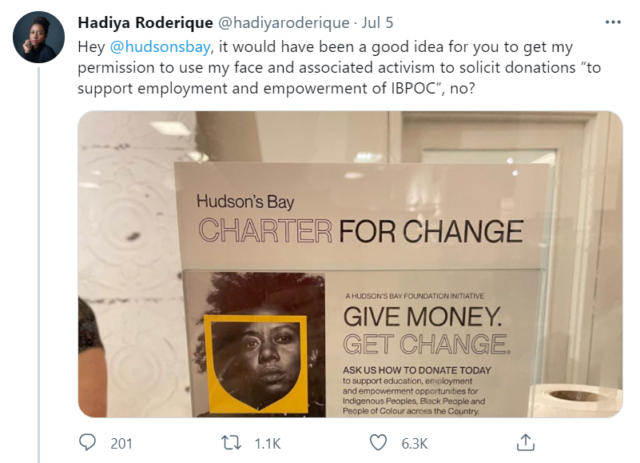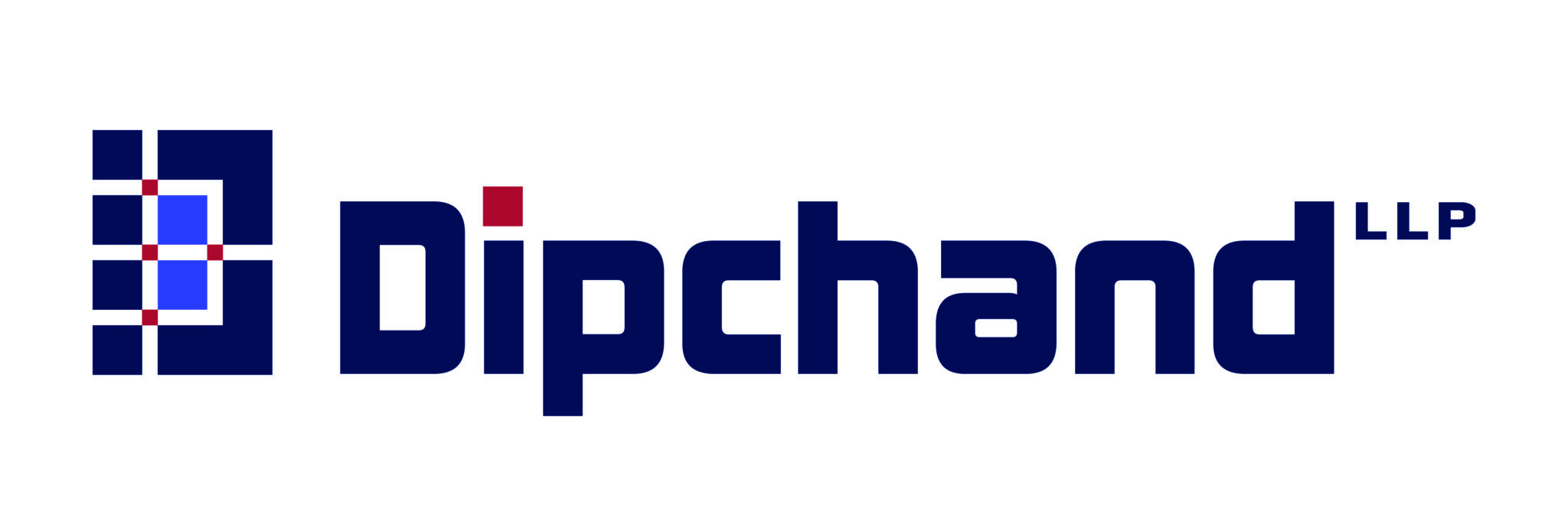By Zach Nickels, Dan Pollack
Earlier this month, The Hudson’s Bay Company used a photograph of a prominent Toronto lawyer and EDI advocate taken by an acclaimed Toronto portrait photographer to promote The Bay’s “Charter for Change” fundraising campaign to promote opportunities for the BIPOC community in an in-store display.
Unfortunately, they did so without the permission of either the photographer (Luis Mora), or the subject of the portrait photograph (Hadiya Roderique) herself.
Beyond the terrible optics of using a photograph of a prominent activist in support of a “goodwill” campaign without her permission, this situation illustrates the intersection between copyright and misappropriation of personality (commonly known as “publicity rights”) and potential landmines for business owners.

Copyright Infringement
The Bay did not license the right to use the photograph from the photographer Mora, the (presumable) copyright owner. Under Canada’s Copyright Act, the unauthorized reproduction of the photograph constitutes copyright infringement. This is true regardless of whether the work contains a copyright notice/watermark or is registered with the Canadian Intellectual Property Office. When The Bay reproduced the photograph without obtaining Mora’s authorization or a licence to do so, they infringed his copyright in the work and could be liable for damages.
Interestingly, intention has nothing to do with liability. Although the photograph in this incident was apparently used as an early inspiration piece and unintentionally remained in the “final product” as a mistake, copyright infringement does not require intent. It is critical that business owners must always ensure that they have obtained valid licences for any copyrighted works that their business intends to use before it goes “live”, or they run the risk of incurring liability for copyright infringement.
Misappropriation of Personality Rights /Publicity Rights
An additional legal layer beyond copyright is in the mix because the photograph at issue was a portrait of Roderique. Despite The Bay’s altruistic goals, the promotion of The Bay’s campaign was a commercial use requiring permission from the subject of the photograph, Roderique. Permission would typically be granted by the subject of a photograph through a “model release” where the portrayed person agrees to waive any claim that they might have based on their publicity rights in the image, also referred to as “NIL” rights (Name, Image and Likeness). For portraits of prominent individuals like Roderique that were not taken for the purpose of licensing, the photographer or end user would need specific permission from Roderique. However, such permission would not be required if the image was licensed by Mora for “editorial” use – for example, in connection with a news article about Roderique.
In Canada, the tort of misappropriation of personality (known as publicity rights in the United States) applies to situations where a clearly identifiable individual’s “NIL” rights are exploited for commercial purposes that suggest their endorsement. It usually arises when the person is prominent because the value of their NIL rights is greater than the average person. Context is also important – Roderique’s NIL rights as a prominent lawyer and activist would be substantial for this kind of campaign where her endorsement would add significant credibility and value. Despite their immediate actions to remove the infringing display and apologize to Roderique (and no indication that this was anything but a mistake), The Bay could be confronted with significant liability on two fronts from two different rights holders: copyright infringement to Mora and misappropriation of personality rights to Roderique.
Takeaway
Everyone understands that mistakes happen, but they can have substantial potential costs even when unintentional. This incident is an important reminder of how the consequences for this kind of incident are not limited to bad publicity, but also potential exposure to liability on two fronts based on two separate sets of rights: copyright infringement and misappropriation of personality. When using creative content to promote their products and services, businesses therefore need to not only ensure that they have permission to use the content itself, but also consent from the people who appear in the content.


